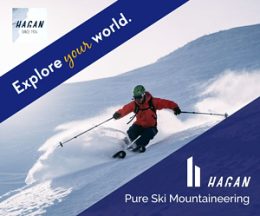Diny Harrison: The Sprite of the Mountain World
A lot has been written about Diny Harrison becoming the first North American woman to become an internationally certified mountain guide. (She did it wearing a Girl Scout uniform.) And a lot has been written about her quick wit and propensity for dirty jokes. (Just try to objectify her. We dare you.) But there hasn’t been a lot written about what makes her one of the best guides on the planet. In essence, what makes her tick.
“Everyone always writes about how Diny is a funny gal who works in a man’s world,” said Colin Zacharias, who cut his teeth with her while getting his own IFMGA/ACMG certification in the ’80s. There’s truth to that, of course. But there are so many more facets of her that make her truly shine. “Diny is a combination of her art, recreation, skill, and lifestyle. She’s like the sprite of the mountain world.”
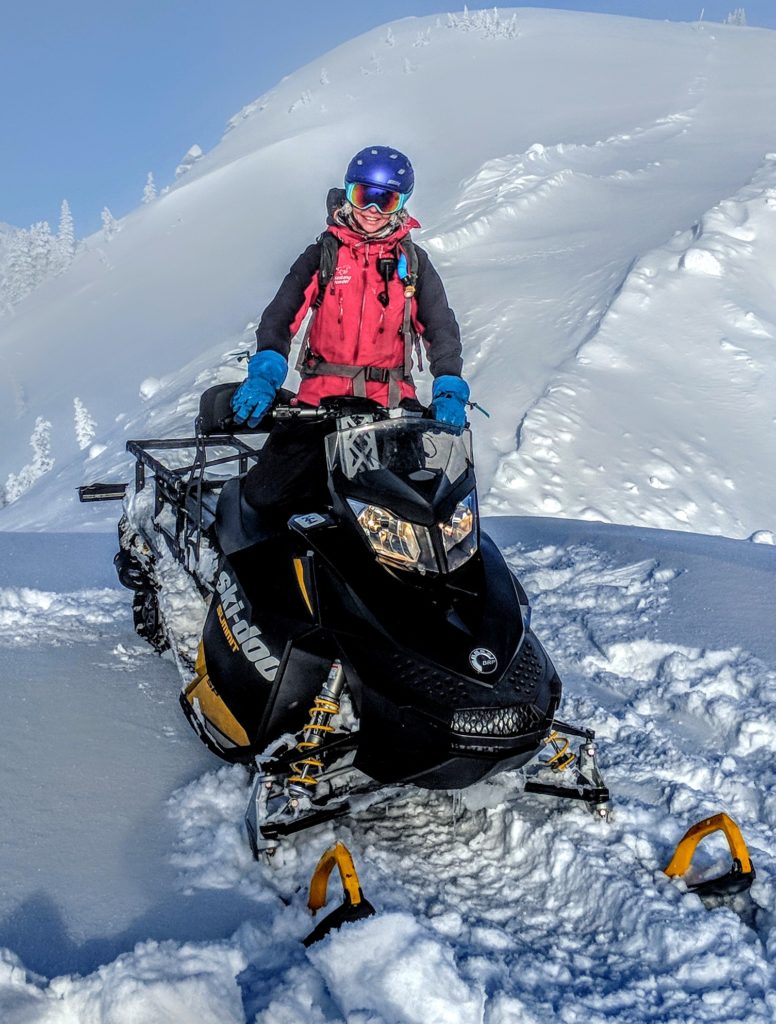
Harrison treats her life as though it’s an adventure to be had, not a problem to be solved. Which is to say she flows through it with an ease that belies a lot of hard work. For years during the summer, she lived on a boat in the Mediterranean, and now she spends her spare time kiteboarding in Baja. She climbs, she bikes, and of course, she skis. A lot. “She’s been living this lifestyle since she was in her 20s,” Zacharias says. “She’s always optimistic, always leaves enough time for her recreation, her occupation, and for you.”
And that humor? It has served her well, not just to make her more approachable as a guide, but to allow her to speak her mind and question authority without raising hackles—one of her many keys to unlocking doors in a male-dominated industry.
Zacharias recounts a story early in his career when he made a questionable decision to venture into unknown territory, where it was unclear as to whether the heli would be able to land to pick his group up at the bottom. The way Harrison expressed her uncertainty diffused any fear or egotism that would have been counterproductive.
“I could see this little bump, but it was questionable. Then I get a radio call from Diny, who was on the ridge. I stop my group and then she starts singing that song, ‘Do you know where you’re going to?’ She challenged my decision-making in a funny, lighthearted way. My group is laughing, and her group is laughing, and of course I’m down there furiously digging out the landing zone. For sure it was a gamble, and in retrospect it wasn’t a good decision on my part. But that’s how Diny interacts. It shows her leadership well. She’s a damn good guide.”
Underneath that light veneer, Harrison is highly skilled, has an incredible safety record, and is universally respected for her good decisions in the mountains. “She has a really balanced approach. She’s able to have so much grace because she’s so smart and so tuned into what’s going on around her,” Zacharias says. “She can ski your legs off, and she’s a great rock climber, too. She’s one hell of an athlete.”
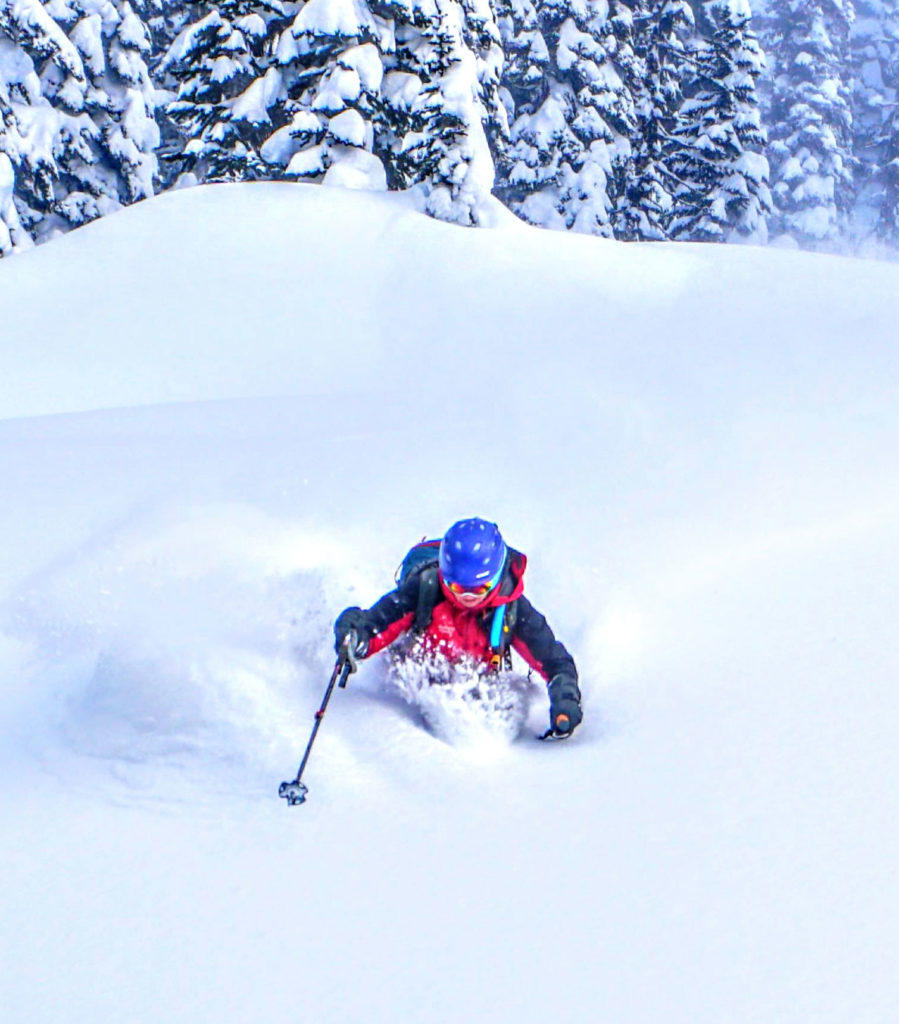
To find out more about how she became one of the industry’s best, we interviewed Harrison from her home in Revelstoke, B.C., where she guides for Mustang Powder Guides and teaches occasionally with SheJumps’ Alpine Finishing School at the Selkirk Lodge. Here’s what she had to say.
Powder Cloud: Most people don’t know that you’re an accomplished artist. (Her drawings appear in avalanche safety books and her silkscreens are on greeting cards.) How did that evolve?
Harrison: As a kid, I discovered that I liked to do two things: draw pictures and talk. So I studied art and languages. I went to the Alberta College of Art, where I was the only one with a goggle tan. I was getting into backcountry skiing with my boyfriend at the time, and I took an avalanche class, which was a seven-day course. Then I took a two-week wilderness medicine course, so I missed three weeks of school. Then that winter, the patrol director at Lake Louise asked me if I wanted to work on ski patrol, so I quit art school and did that full-time.
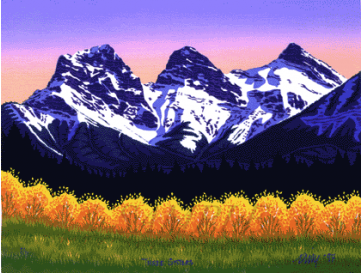
PC: You were on the board of the Canadian Avalanche Association. How did you get involved in avalanche work?
Harrison: Ski patrolling was just first aid more or less, and avalanche control was done by the national parks. That was far more interesting to me, and I used to tag along with them on my days off. When I had thrown enough bombs and had all the qualifications to get on avalanche control, I was met with male resistance. The first year I applied I didn’t get on. I felt I had more experience than the people they hired, who were both men. But then the following year, they needed three people, so I just got in by attrition.
PC: You’ve been married twice. How did you meet your first husband?
Harrison: We met at Lake Louise when I was on ski patrol. He went on to become a guide, and we got married. When we were first living together, he said that I should do his laundry, because he always took me climbing. At that point, I was getting really into it—and his friends kept laughing and saying that someday the tables were going to turn. Well, sure enough, one day on the last pitch, Chris had mountain boots on and he wasn’t comfortable. He told me to go ahead lead it. I was so excited because it was my first real lead. As we rapped down and walked down the other side, he said, “You finally did it, didn’t you? You took me climbing.” Before I could even think, I said, “Does that mean you’ll do my laundry?”
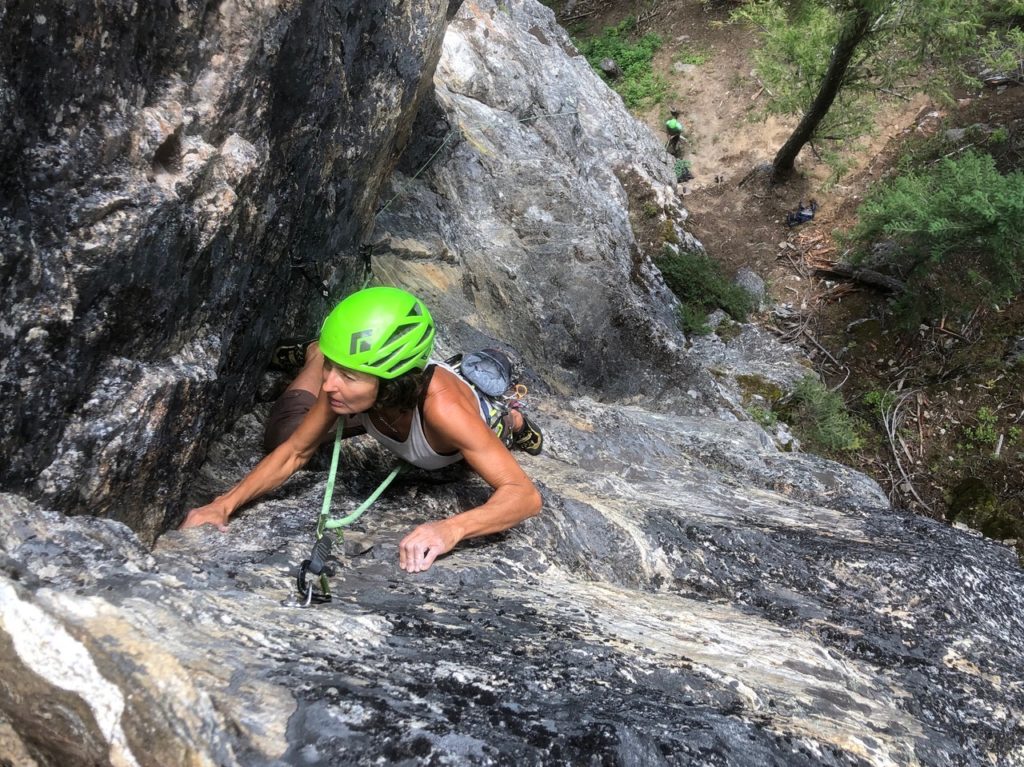
PC: And your second husband?
Harrison: He was my mentor for a while [at Canadian Mountain Holidays]. The funny part is that my mom read hundreds of harlequin romance novels, and there was always the story of the tall, dark, handsome man that the main character doesn’t like in the beginning. Our story was just like that. We didn’t get along. What broke the ice was one evening when we were all supposed to have a beer and no one else showed up. After a couple beers, I finally looked at him and said, “Why are you such a fucking asshole?” He looked at me and burst out laughing. He said, “Do you know how many people have wanted to say that to me and didn’t have the balls? You’re the one who did, and technically you have no balls.”
PC: What happened?
Harrison: We were married about nine years. At the end, I was president of the Canadian Guides Association and the assistant manager of CMH. I wanted to go to Europe to guide, and he said no. Like any woman, you give yourself up a lot. Especially in my generation—that’s what we did. You put your life on hold. I was not going to do that. I said, “I’m a mountain guide, I can go guide in Europe.” I wasn’t getting younger, and I needed to be able to run with the dogs over there. So I didn’t ask permission. I just did it.
PC: You’re known for your wicked humor and quick wit. Where does that come from?
Harrison: Sometimes I feel like there’s two of me. I’m over here, and there’s the one that shoots the darts out her mouth. Sometimes it gets me in trouble, but I think it’s a pretty serious world out there, so why not bring a little bit of humor to it? Also, I always say humor is oxygenating—if people are laughing, at least they’re breathing. As to where it comes from, I’d have to say that my mother was a funny lady.
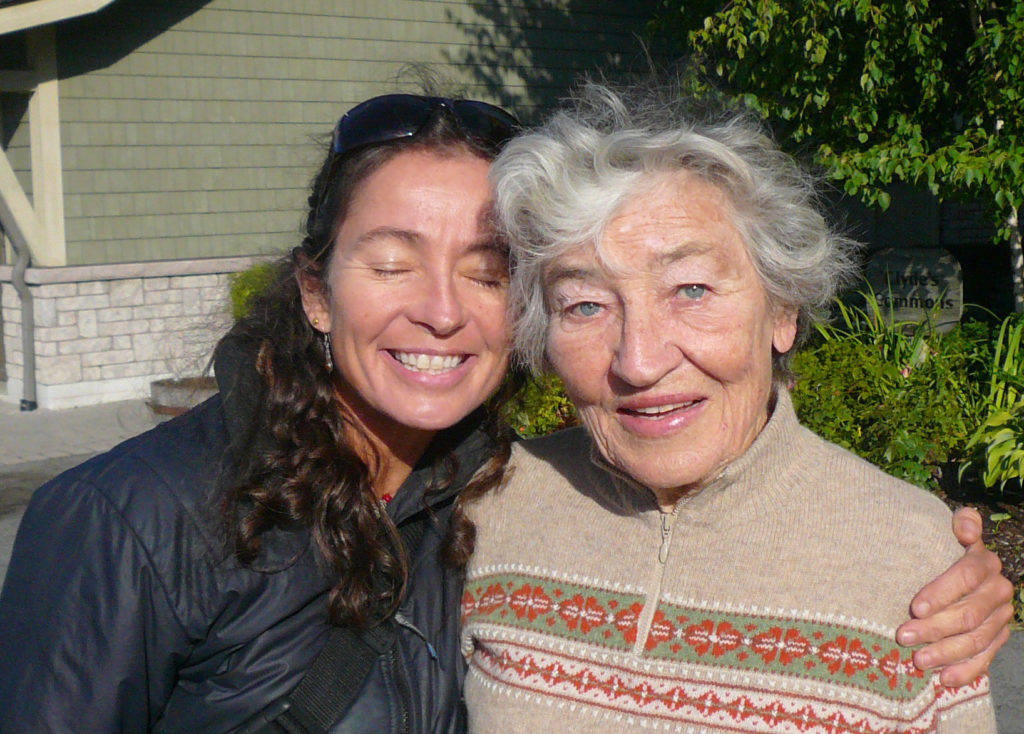
PC: Was your mom your main role model?
Harrison: My mother was pretty independent. She ran a private ski club in Ontario. My dad left her when she was pregnant with her fifth child. From her, I learned that you can do whatever you want. She could change a tire and fix a furnace. She was so confident and solid, I picked up those traits as well. I didn’t really have a fear of failure. I’d go into the guides exam knowing I could fail, but that I was going to be a safer guide because of it.
PC: You battled breast cancer and beat it using your own methods. How and why did you decide to do that, and how are you doing now?
Harrison: I’m still cancer-free. I have never been to a regular doctor about it. Cancer in North America is like a death sentence, but in other places it’s treated differently. It’s a mindset and a belief thing. I have to respect what this body has done for me. If I’m going to die of cancer, I’m not going to spend my last years in misery. That acceptance has already reduced the stress 30 percent. I believe what is in your head and what is in your heart affects you. If you have fear and anger and frustration, that will make you acidic. And sugar, alcohol, etc. affect the bacteria in your gut. When I got cancer, I was going through an emotional relationship, drinking alcohol, all that. With all those emotions and then stress, you can see how the layers build up. Will cancer come back? I’m doing a good job making sure I’m healthy and doing everything in moderation.
PC: What do you think your greatest strength is as a guide?
Harrison: I’m a good read of people. I am just sensitive like that. I also think I make it fun for people—that’s the real key.
To see Harrison in action, check out the hilarious film Dream Job by comedian Katie Burrell.
Kimberly Beekman is the former editor-in-chief of the late Skiing Magazine (RIP). She now uses freelance writing as a beard to ski powder anywhere it falls. She lives in Denver with her wonderful daughter and terrible cat.
